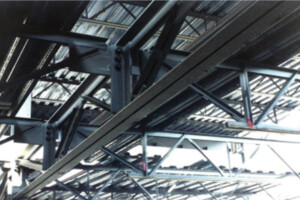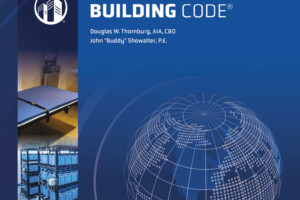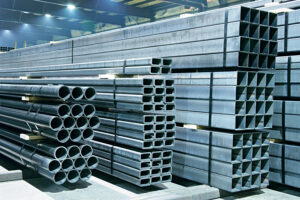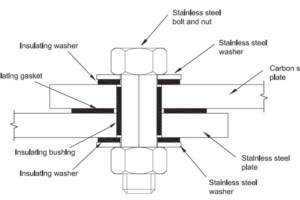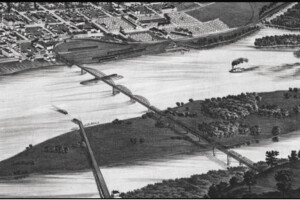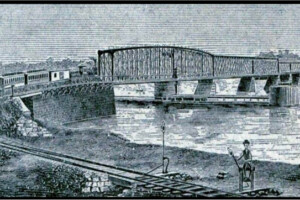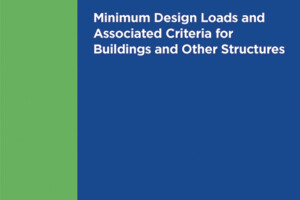Steel joists with flush framed end connections enhance floor vibration properties.
Recent floor vibration measurements and research completed by Vulcraft have shown that flush frame joist end connections can have a significant positive impact on a floor’s vibrational response when subjected to walking excitation. This article shows how the frequency and effective mass of the floor bay can be changed dramatically when switching from traditional bearing seats to flush frame connections developed by Vulcraft. Manual calculation procedures found in the American Institute of Steel Construction (AISC) Design Guide 11, 2nd Edition, Vibrations of Steel-Framed Structural Systems Due to Human Activity and the Steel Joist Institute’s (SJI) Technical Digest 5, Vibration of Steel Joist – Concrete Slab Floors (hereafter referred to AISC DG11 and SJI TD5) currently do not address steel joists with flush end connections. This article demonstrates how the provisions in AISC DG11 and SJI TD5 can be used for flush frame connections.
…
